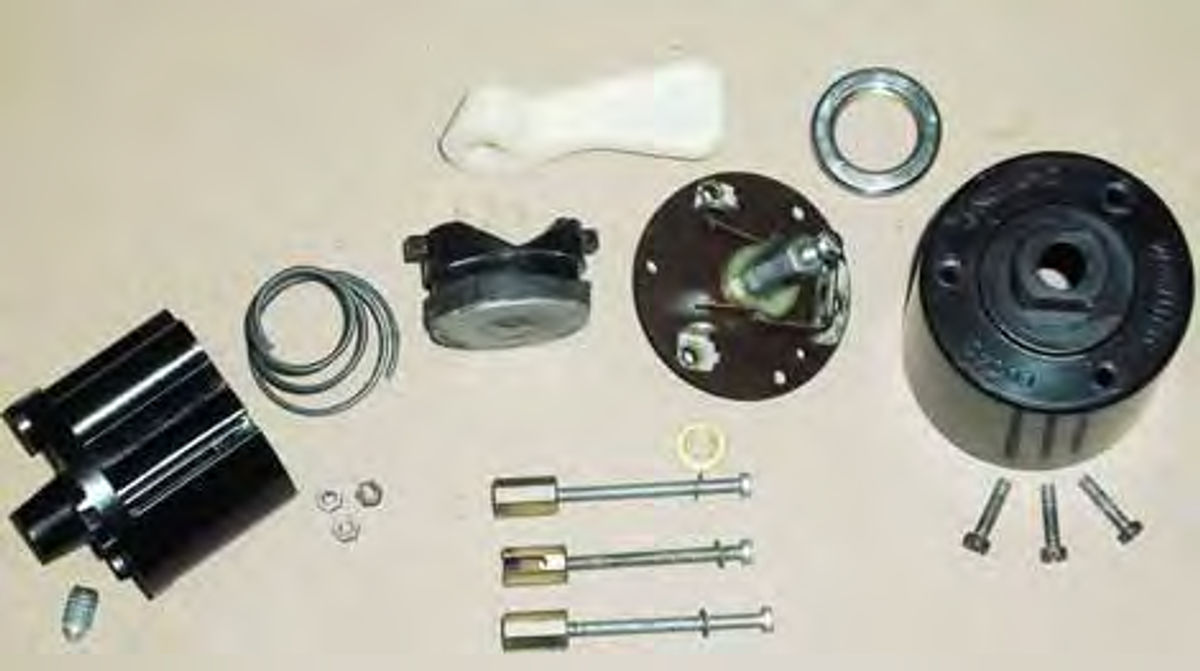Fixing British Brake & Signal Lights
If the “Blinkers” & Brake Lights Fail, Something Must Be Done. So Try An Expensive Fix...Or Something Cheaper.
THIS IS A tale about making the brake lights and signal lights on a vintage British sports car work the way they should. We will tell you about the bad luck and high cost (about $350) we ran into while trying to make these repairs the “original” way. Then, we’ll outline how we got things working reliably with an $8 toggle switch and an expenditure of about $27 for a brake light switch and flasher or roughly 10 percent of the “original” cost.
When we bought a ’52 MG TD in 2000 we were happier than a pig in mud. The TD had been a dream car of ours since childhood. Who cared if the car didn’t have windows? Who cared if it didn’t have a heater? Who cared if it didn’t have “blinkers” (the British term for signal lights)? It was a car we had wanted since dad bought us a toy version…and nothing else mattered.
Making a Case for Blinkers
Well…maybe not having blinkers mattered a little. Like the time we had that close call with the double trailer semi truck! Then, too, driving at night was always a bit scary. And who wanted to explain, over and over again, to doubting state troopers, that hand signals are legal in Wisconsin and that we really are “grandfathered in” as far as blinkers go.
Signal lights didn’t become mandatory safety equipment on cars imported into the United States until 1953. If you see an MG TD with round taillights, it had blinkers as standard equipment. If the taillights are vertical rectangles, signal lights were an option or aftermarket addition. All MG TFs, which were built in 1954 and 1955, also have blinkers and round taillights.
In the summer of 2000—our first season driving an MG—we flogged that primitive little TD over 8000 miles of roads. Whenever we made a turn, most folks behind us thought we were either pointing at the sights or working a kink out of our elbow. We considered adding signal lights, but ultimately we took the easy road and bought an MG TF in 2001. “At least we’ll have blinkers,” we thought.
When the MG arrived on a trailer from Connecticut, we realized why the price was on the reasonable side—the car was a survivor. The lady owner said she would send us receipts for all the work she had done the last time the car was serviced, but she didn’t tell us the last service was done in the ’80s. In the long run, we had to redo everything that had been fixed up to that point, including the blinkers. Initially, the “only” problem was the funky Lucas turn signal switch.
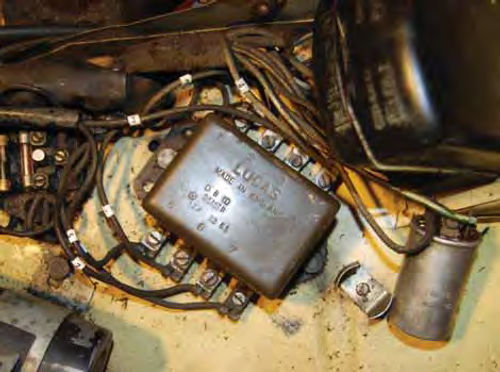
A Look at the Lucas Switch
The round, barrel-shaped, black Bakelite switch is actually a vacuum-operated switch in a cylindrical casing that protrudes through the instrument panel toward the driver. Where the switch pokes through the dash there is a plastic handle—either white or black (depending on what British car model the switch came from)—that the driver swings to the left for a left turn and to the right for a right turn. An indicator light on the instrument panel tells you when the switch is on. However, there is only one indicator light and it blinks for turns in either direction. In other words, the indicator light does not tell you whether the car is signaling a move to the left or right.
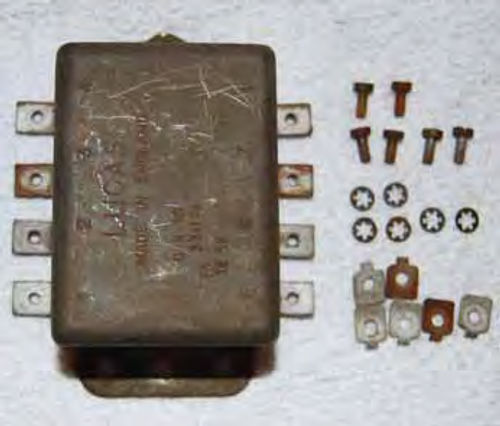

Instead of having a mechanical canceling device to turn off the switch, the Lucas switch uses vacuum. When working properly, the switch holds vacuum for approximately 15 seconds. As the vacuum escapes, the plastic handle slowly returns to the 6 o’clock (straight down) position and the active blinkers and indicator light go off.
But when the switch isn’t working properly, all kinds of things happen. You can have no blinkers, slow blinkers on one side or blinkers that stay on until you manually find the “sweet spot” where they finally shut off.
Some Bad and Good Results
As noted above, when the TF arrived it seemed we would finally have an MG with blinkers so we could drive safely— especially at night. Unfortunately, the vacuum switch wasn’t working very well. We took the car to British Marque Restorations in Marshfield, Wisconsin, where proprietor Sean Brennan ordered a reproduction Lucas switch from a catalog supplier. Sean didn’t know if the repro was made by Lucas or was a copy of a Lucas switch, but when he installed it, the switch did not work at all. Sean returned it and put the old switch back in the car.
We still had no signal lights yet were reluctant to drop another $150 for one of the new switches in the catalog. We started looking on eBay for an NOS switch and never found one. Used switches that were supposedly good were available and generally drew bids of about $100-$125 back then. They didn’t seem like a wise investment, so we continued to tinker with the defective switch. When it still didn’t work, we made hand signals and avoided night driving.
There is an excellent Internet group (mg-t@autox.team.net) through which T-Series MG owners share technical expertise. The listers there all said that the Lucas vacuum switches could not be repaired. However, one eBay seller from Dayton, Ohio, said that he could, indeed, repair them. His shop rate was $75 an hour and he said the repair took an hour. His price for repairs was half the cost of a new switch, so we sent him the old one. When it came back a few weeks later, we installed it in the instrument panel and carefully replaced the three electrical wires that we had tagged for position on the back of the switch. And it worked.
We were so happy to have working blinkers that we purchased a second non-functioning switch on eBay and sent it to the same vendor. He repaired it, too. But since we had no immediate need for it, it went on the shelf. The long-range plan was to someday use it on the MG TD, but we just never got around to doing that. So it sat for four or five years.
Then, a Series of Problems
The switch repaired by the man from Dayton worked fine from 2003 until early 2008, but last fall it began acting up again. It still worked on right turns, but not when turning left. When we got sick of being limited to right turns, we decided to take the switch apart and check it. We found that a U-shaped copper contact made the connections for a left or right turn and the left side of the U was gone.
Since we couldn’t find a source for this copper contact (and still haven’t) we decided to install the second switch that had been rebuilt back in 2003—the one we had originally intended to use on the MG TD. Unfortunately, it didn’t work as well as the first switch that was repaired. It lost vacuum immediately on one side. On the other side, the switch stayed on and did not cancel even after the handle moved back to the 6 o’clock position.
Since the broken electrical contact was the only real problem with the first switch, we decided we could pirate this part from the second switch.
Unfortunately, when we took it apart we noticed that it was designed differently inside and did not have the copper, U-shaped contact we wanted to “pirate” for the first switch. Eventually we learned that the second switch (the one that didn’t work right) was of an early design with a smooth mechanism. The one with the U-shaped copper contact could easily be repaired if we found another contact.
Pulling It for Repairs
Swapping switches in and out of a T-Series MG is an easy, 10-minute job. You undo a small screw to remove the plastic handle, use padded pliers to loosen a knurled, bright metal collar that holds the switch firmly in the instrument panel and you reach behind the panel to pull the switch out and lower it. Then you tag and undo the three wire leads and remove the Bakelite vacuum switch.
But even after several such swaps, none of the lights on the rear of the car were working. At this point we had spent about $350 buying used switches, shipping them out for repairs, having them fixed (to last just a short while) and so on. Instead of having the satisfaction of knowing the money was well spent, we had nothing—no blinkers, no brake lights and no really good ideas.
Naturally we blamed the Lucas switch for “blowing out the lights,” but when we went to mgt@autox.team.net for help, we were told that wasn’t possible. For example, Larry Karpman commented, “The vacuum canceling on the turn signal unit has nothing to do with the electrics. It’s a mechanical function. I had similar problems awhile back, and as your brake lights are affected also, I’d test the large Lucas relay (with eight connectors) mounted on the firewall. It could be sticking or incorrectly adjusted, which will affect your brake lights (which come off connector No. 5) and your blinkers.” Larry said that his tested bad, so he replaced it. “Many have success just adjusting the contacts though,” he added.
We also got a response from Dave DuBois of SU Fuel pump Restorations in Bremerton, Washington, who said, “Larry is correct, the self-canceling function of the standard Lucas turn signal switch is strictly mechanical and has nothing whatsoever to do with the turn signals working.” Like Larry, Dave suspected that the problems we were experiencing were probably centered in the Lucas turn signal relay as much as in the switch.
Finally, an Inexpensive Solution
Following Dave’s recommendations we turned the ignition on, crawled under the car (jacking wasn’t necessary) and shorted between the two terminals on the brake light switch to see if the brake lights came on. If they do, the switch is bad. Ours did not, so next we looked at the turn signal relay. Dave had e-mailed a copy of the MG TF wiring schematic and we also found a neat color version of the same diagram in a 2006 issue of the Sacred Octagon magazine published by the New England MGT Register (this is actually the national club for T-Series cars).
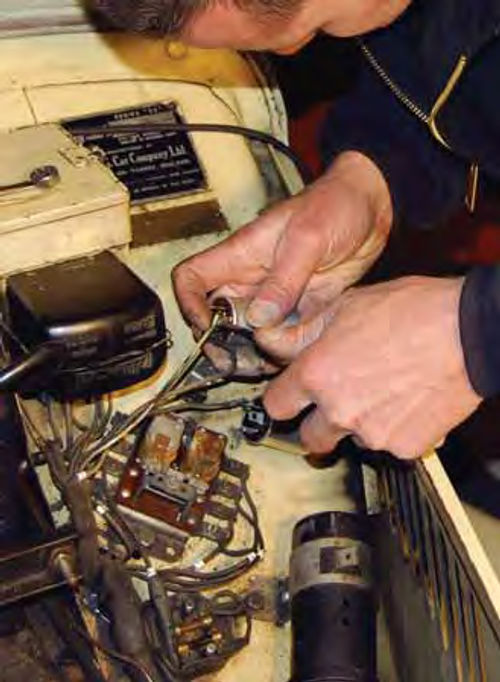
Dave said my mechanic friend Vince Sauberlich should turn on the ignition and disconnect the primary wires from the coil to avoid frying the coil and points. Then he told Vince to run a jumper wire from terminal No.5 to terminal No.7 on the relay while his helper (me) stepped on the brake pedal. With that, one brake light should come on, he said. “If the brake lights on both sides come on, then one of the normally closed contacts in your relay is the problem,” Dave explained. “Now have Vince jumper terminal No. 5 to terminal No. 3 on the relay while you step on the brake,” Dave continued. “See if the light on the other side comes on. If it does, then both of your contacts in the relay, which would normally be closed, will need work.” According to Dave, if there were still no brake lights after these two tests, my car would have wiring problems going from the fuse block to the brake light switch.
Fortunately, the brake light switch the T Series MG uses can be replaced by a universal 12-volt double-terminal screw in type switch that you can buy at most auto parts stores. With the ones we bought, you attach the wires to the terminals with screws.
We actually purchased two of them, paying $19 at NAPA for their brand and $12 at a Bumper-to-Bumper store for a sturdier looking Standard Auto Products brand switch. We also bought a flasher unit for about $15 which Vince installed as well.
Dave DuBois has found that some currently available brake light switches fail just a short time after they are installed. He believes this is because they are not designed to handle the 3-amp load that the T Series brake lights generate. Dave’s Web site tells how you can make up a brake light relay/arc suppression circuit and install it so the new switch will not fail. It is available in the Other Tech Articles section of his site at http://homepages.donobi.net/sufuelpumps. For those not inclined toward do-it-yourself electrical work, Dave makes and sells the same replacement circuit for $15. Its use is highly recommended these days.
Dave also said we could wire a Radio Shack toggle switch temporarily in place of the Lucas vacuum switch with the green wire from the MG harness going to the center terminal, the green/yellow wire going to one of the outside terminals and the green/blue wire going to the other outside terminal. “With the ignition on, see if the turn signals work with this switch,” he advised. “If they do, you can install a plain old single-pole, double-throw toggle switch from Radio Shack until you can get an original Lucas switch that works; if they still don’t work, then the relay needs to have the contacts cleaned and adjusted so that they will work correctly.”
The rear lights on my car still did not work with the toggle switch, so Vince took the cover off the relay and cleaned and adjusted the contacts. After a bit of tinkering, they started to work fine and we suddenly had brake lights and blinkers again. We also decided to stick permanently with Dave’s “plain old single-pole, double-throw toggle switch” for our signal lights. They only difference is that we bought our switch at Bumper To-Bumper instead of Radio Shack. Installation of the toggle switch was straightforward. You pass the threaded portion of the toggle switch through the hole where the Bakelite switch had been and attach and tighten a collar nut on the back. Make the three electrical connections (the wires had already been tagged left, center, right) and you’re ready to go. Furthermore, the toggle switch cost $8.26 compared to the $350 we had wasted trying to fix the Lucas switches. Since my MG TF is for driving, rather than show, we are more interested in functionality than originality.
Of course, we now have to remember to cancel the signals manually by flipping the switch back to the center each time we turn. That’s no big deal. We also have to do that with the GM dealer-installed signal lights on our 1948 Pontiac. In fact, the green “blinkers-on” indicator light on the MG TF instrument panel is a lot easier to see than the red indicator light on the chrome switch that is mounted to the Pontiac’s steering column.
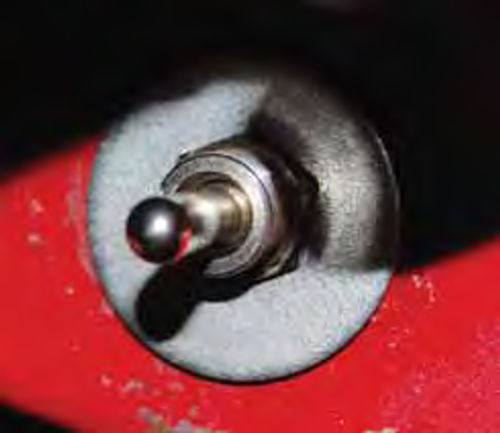
But If You Want an Original Blinker Switch…
If you are restoring your British sports car for show and have your heart set on an original Lucas vacuum switch, George Wolf of British Auto Specialty may be able to help you. We found George through an auction listing where he mentioned that he could repair Lucas switches. George does admit, however, that “none of these Neanderthal-engineered switches was ever real reliable.”
Nonetheless, George knows a lot about repairing the vacuum function and other problems. Here are the basics of what he does to repair a switch:
1. Disassemble the switch. 2. Clean all the parts, being careful not to injure the critical leather seal. 3. Treat the leather seal to restore flexibility. 4. Lubricate the piston and contact assemblies. 5. Reassemble and test switch operation. 6. Adjust delay time.
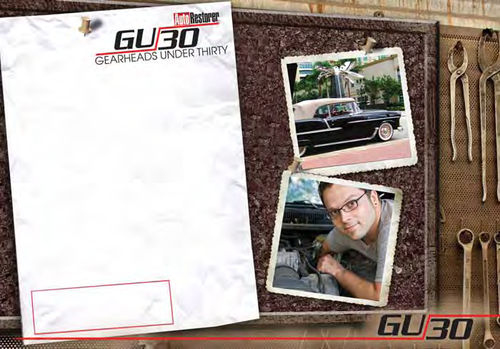
Resources
British Auto Specialty
340 Bent Grass Drive
Roswell, GA 30076
New England MG T Register, Ltd.
P.O. Box 1957
Cary, NC 27512-1957
SU Fuel pump Restoration
1913 South Marine Dr.
Bremerton, WA 98312

